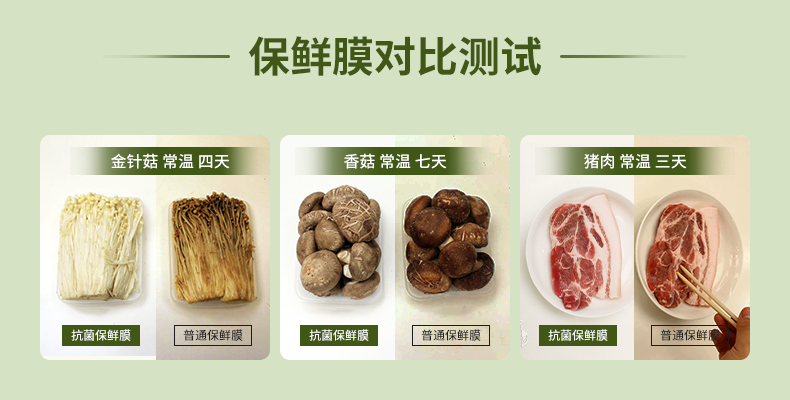Is the selection and use of cling film also a discipline?
I believe everyone has encountered a problem where food that has been packaged and sealed with cling film is stored in the refrigerator, but after two days, it is already broken.

Taking the recent Chinese New Year as an example, during the festival, a very rich table of dishes is cooked on the table at home every day. People from different regions also make different specialty dishes, which look particularly appetizing, but everyone's stomach is just a little too big. The problem of leftover food in the end is very headache inducing. Not only leftover food and vegetables, but also for the convenience of buying groceries and selling meat for several days. If the cling film for packaging food is not properly selected, it will accelerate the speed of food spoilage. How can we solve this problem? The most important thing is to control the quantity when cooking, try not to buy too much when buying food, and buy after eating to avoid excessive waste. Secondly, when choosing cling film, attention should be paid to the material and function, whether it is environmentally friendly, heat-resistant, and antibacterial.
Why is it here to remind everyone to pay attention to whether the cling film has antibacterial function?
Some friends may not fully understand this, thinking that the use of cling film is the same whether it is resistant to bacteria or not. Don't look at the thin layer of cling film. Although they all look similar, in reality, they use different materials and have different functions.
Antibacterial cling film has a longer shelf life than general cling film. Effective antibacterial properties can keep food longer and fresher, making it healthier for us.
How can a thin layer of cling film have antibacterial properties?
On the basis of the original preservation film, the latest antibacterial formula can be added. In the process, the Zhantong antibacterial masterbatch can be added in a certain proportion, which not only makes it have antibacterial function, but also achieves an antibacterial rate of over 99.9%.


